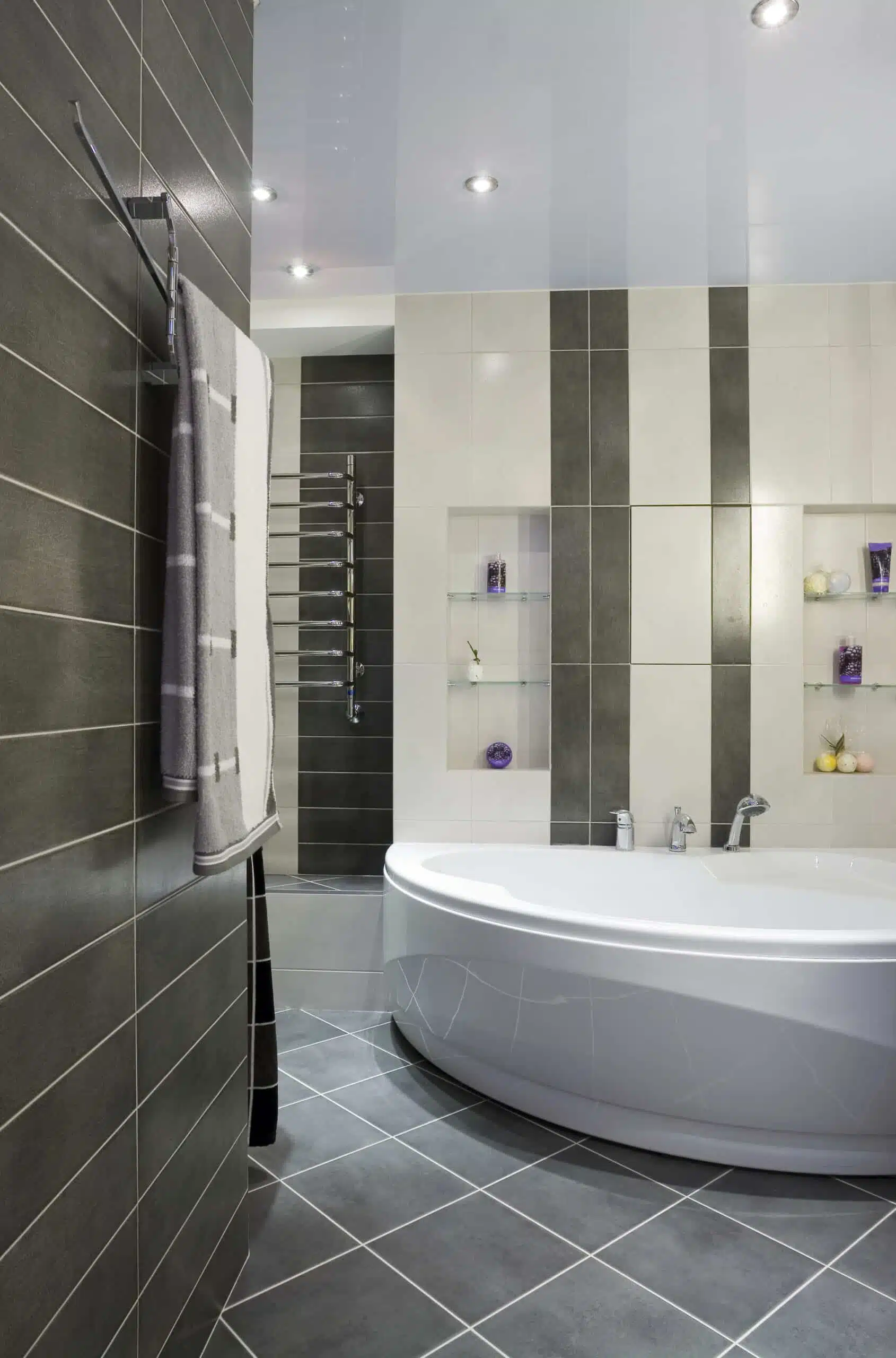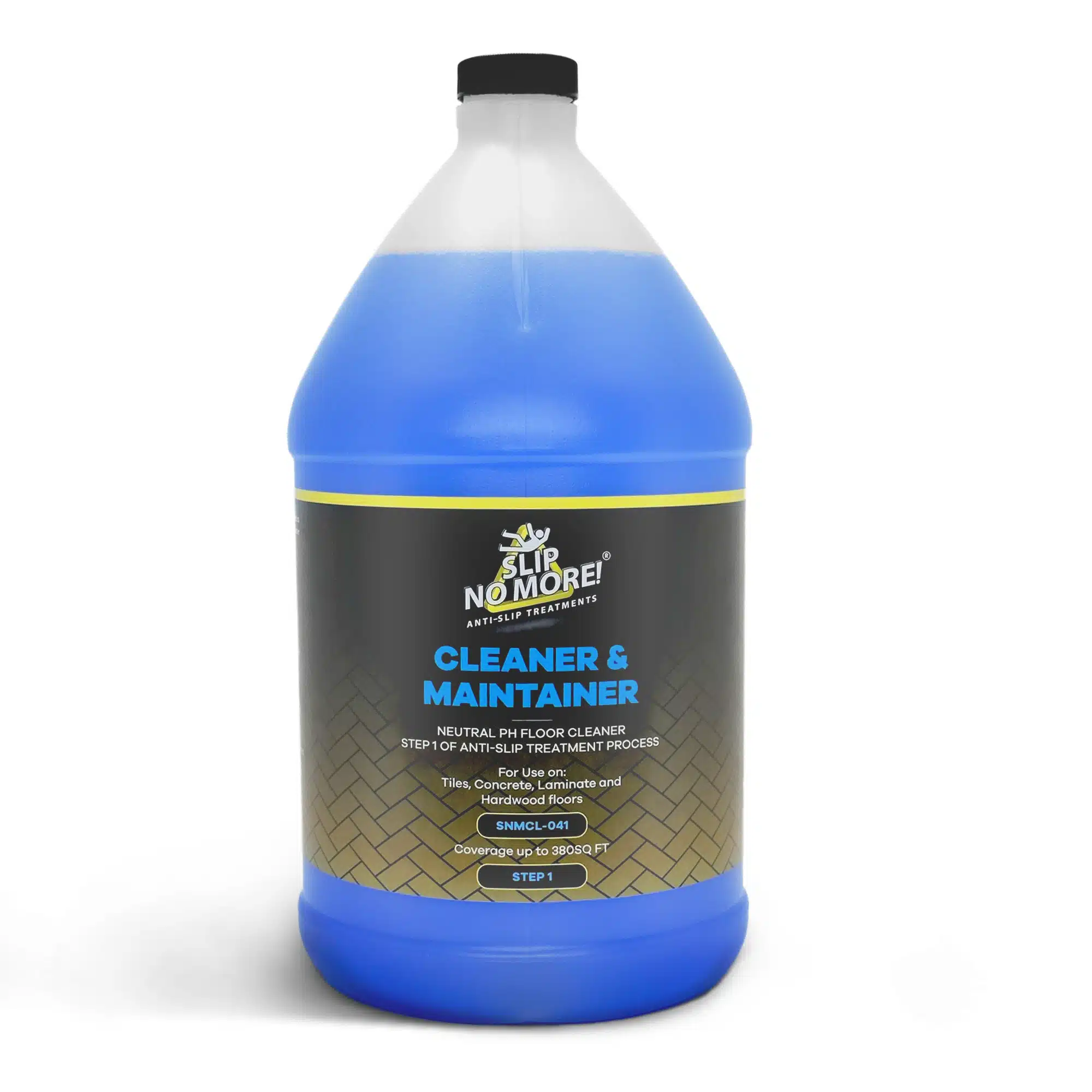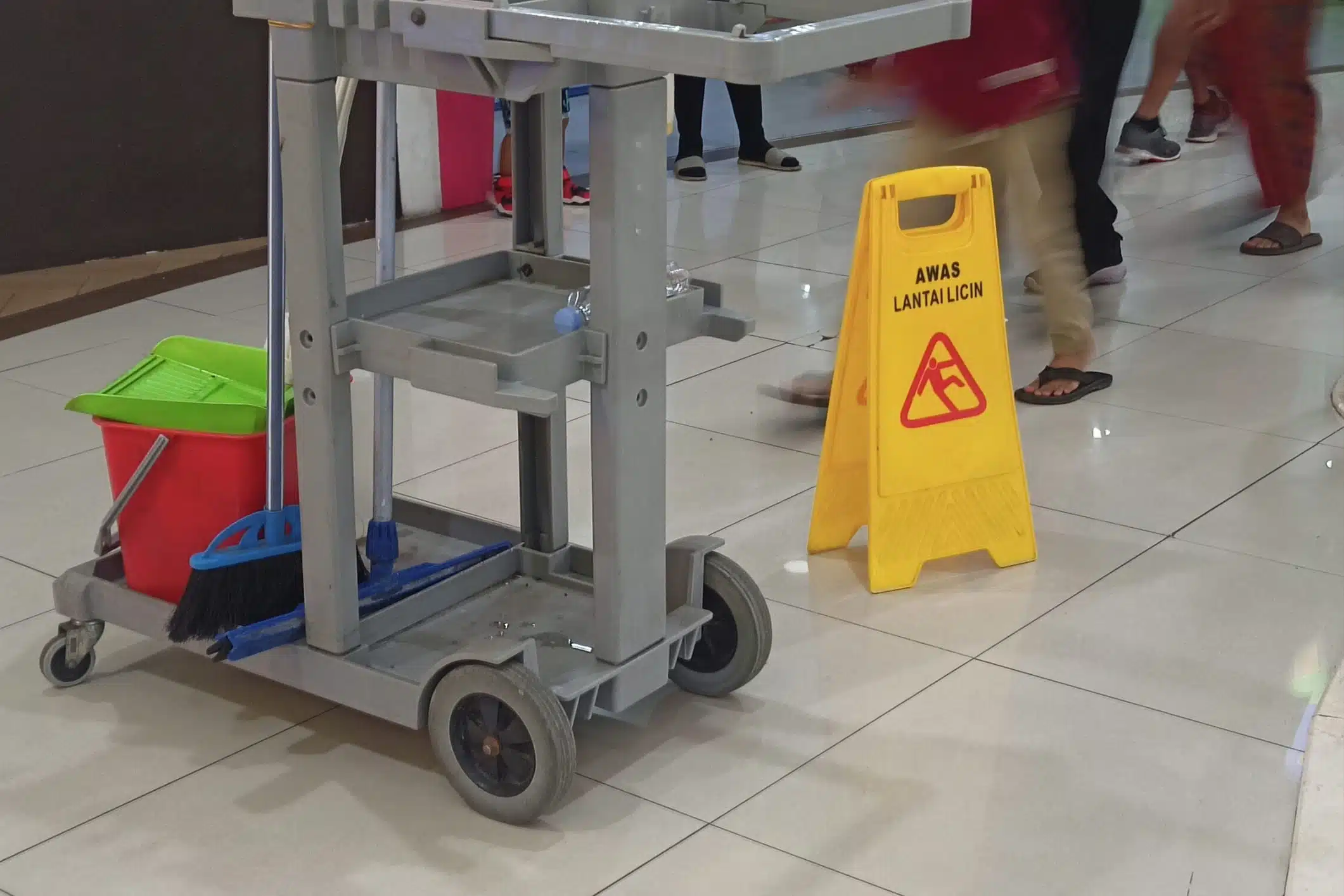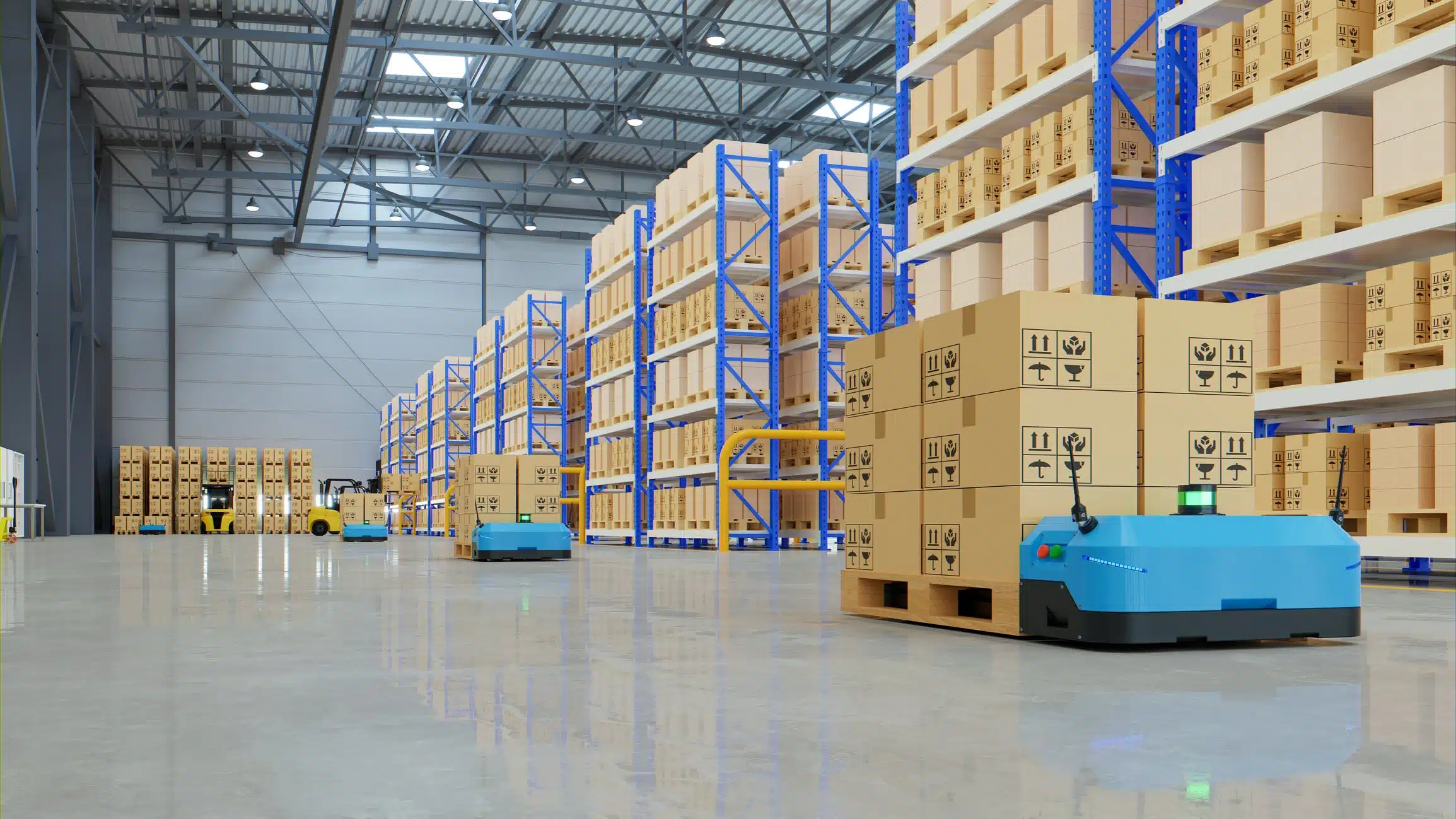Slips and falls can happen in an instant and have serious consequences. That’s why it’s essential to prioritize safety by implementing anti-slip regulations. From industrial workplaces to residential settings, proper flooring materials and surfaces that adhere to safety standards can make all the difference in preventing accidents. A slip-resistant surface can significantly reduce the risk of injuries and potential lawsuits.
With the increasing focus on workplace safety and the growing awareness of the importance of avoiding slip-and-fall incidents, anti-slip regulation has become a top priority for businesses and property owners. Whether installing anti-slip mats, applying traction coatings, or choosing slip-resistant flooring options, taking steps to ensure a safe environment is a legal obligation and a way to protect the well-being of employees, customers, and visitors.
This article will explore the importance of anti-slip regulation and how it contributes to overall safety. We’ll discuss the benefits of implementing these measures, ways to identify and address slip hazards, and the potential consequences of ignoring anti-slip regulations. So, let’s explore the world of anti-slip regulation and discover how it can make every step safe.
Understanding the importance of anti-slip regulation
Slip and fall accidents can occur anywhere, from workplaces to public spaces and even homes. These accidents can lead to severe injuries, including fractures, head trauma, and sprains, causing pain and suffering for the victims. Additionally, slip and fall incidents can result in legal liabilities for businesses and property owners, leading to costly lawsuits and reputational damage. Therefore, it is crucial to understand the importance of anti-slip regulation in preventing such accidents and protecting individuals from harm.
Anti-slip regulation refers to guidelines and standards that ensure surfaces and flooring materials maintain adequate traction to prevent slips and falls. By adhering to these regulations, businesses and property owners create a safe environment for employees, customers, and visitors. The implementation of anti-slip measures not only reduces the risk of accidents but also demonstrates a commitment to safety and well-being.
Proactive adoption of anti-slip regulation can help mitigate various risks. By investing in slip-resistant flooring and appropriate safety measures, businesses can safeguard their employees and customers and protect themselves from potential financial losses due to accidents and legal actions. Furthermore, anti-slip regulation enhances the overall reputation of a business or property, fostering trust and loyalty among stakeholders.
The consequences of slip and fall accidents
Slip and fall accidents can have severe consequences, both for the individuals involved and the organizations responsible for the premises. When someone slips and falls, they may sustain injuries ranging from minor bruises to debilitating fractures or even head trauma. These injuries can lead to pain, suffering, and long-term medical treatment, negatively impacting the quality of life for the victims.
In addition to the physical and emotional toll on individuals, slip-and-fall accidents can result in significant financial burdens. Medical expenses, rehabilitation costs, and lost wages due to the inability to work can quickly accumulate, causing financial distress for the injured party. Moreover, businesses and property owners can face legal consequences, including lawsuits, settlements, and potential damage to their reputations.
Ignoring anti-slip regulations can have severe repercussions. Inadequate attention to safety can lead to accidents, injuries, and legal liabilities. Organizations that fail to comply with anti-slip regulations risk tarnishing their brand’s image, losing customers, and facing legal repercussions. Therefore, businesses and property owners must understand and implement the necessary measures to prevent slip and fall accidents.
The role of regulations in preventing slip and fall accidents
Regulations play a crucial role in preventing slip and fall accidents by establishing standards and guidelines for safety. These regulations set the minimum requirements for flooring materials, surfaces, and safety measures to ensure adequate traction and reduce the risk of accidents. Compliance with these regulations is not only a legal obligation but also a moral responsibility to protect the well-being of individuals.
Anti-slip regulations address various factors contributing to slip and fall accidents, such as surface smoothness, coefficient of friction, and the presence of contaminants. By specifying the requirements for slip resistance, these regulations provide a framework for businesses and property owners to create a safe environment.
Regulations vary across industries and jurisdictions, but they typically include guidelines for selecting appropriate flooring materials, implementing maintenance procedures, and conducting regular inspections. Organizations can identify potential slip hazards and proactively mitigate risks by following these regulations.
Compliance with anti-slip regulations prevents accidents and demonstrates a commitment to safety. It fosters a culture of awareness and responsibility, encouraging individuals to prioritize safety in their daily activities. Moreover, adherence to regulations can help organizations avoid legal liabilities, protect their reputation, and create a positive environment for employees, customers, and visitors.
Common areas where anti-slip regulation is crucial
Anti-slip regulation is vital in various settings where slip and fall accidents are more likely to occur. Identifying these areas and implementing appropriate safety measures is essential to prevent accidents and protect individuals from harm. Let’s explore some of the common areas where anti-slip regulation is particularly crucial:
1. Workplaces: In industrial and commercial settings, slip and fall accidents can happen due to wet floors, uneven surfaces, or inappropriate footwear. Implementing anti-slip regulations in these environments is vital to safeguard employees and prevent accidents leading to work-related injuries and absences.
2. Public spaces: Parks, sidewalks, and recreational areas are prone to slip hazards, especially during inclement weather. Anti-slip regulation in these areas ensures safe pedestrian passage, reducing the risk of accidents and injuries.
3. Healthcare facilities: Hospitals and clinics require slip-resistant flooring to prevent accidents while transporting patients or moving medical equipment. Anti-slip regulation in healthcare settings is crucial to maintaining a safe environment for patients, staff, and visitors.
4. Retail and hospitality: Slip and fall accidents in retail stores, restaurants, and hotels can result from spills, inadequate maintenance, or improper flooring. Adhering to anti-slip regulations is essential in these settings to protect customers, employees, and businesses from accidents and legal liabilities.
5. Residential properties: Slip and fall accidents can occur in homes, especially among older adults and individuals with mobility issues. Implementing anti-slip measures in residential settings can prevent accidents and enhance the safety and well-being of residents.
Types of anti-slip regulations and standards
Anti-slip regulations encompass a range of standards and guidelines that help organizations create a safe environment and prevent slip and fall accidents. These regulations may vary depending on the industry, jurisdiction, and specific needs of the setting. Let’s explore some of the common types of anti-slip rules and standards:
1. Building codes: Building codes provide minimum requirements for construction and renovation projects, including regulations related to slip resistance. These codes specify the acceptable level of friction for different areas and surfaces within a building, ensuring compliance with safety standards.
2. Occupational safety regulations: Occupational and health administrations establish rules to protect employees from workplace hazards, including slip and fall accidents. These regulations may include guidelines for selecting appropriate footwear, implementing safety measures, and conducting regular inspections.
3. Industry-specific standards: Certain industries, such as food service, healthcare, and transportation, have industry-specific standards that address slip and fall prevention. These standards outline the necessary measures to ensure safety in specific environments, considering each industry’s unique challenges and risks.
4. International standards: International organizations, such as the International Organization for Standardization (ISO), develop standards that provide globally recognized guidelines for slip resistance. These standards aim to harmonize regulations and ensure consistency in safety practices across different countries and industries.
How to identify and assess slip hazards
Identifying and assessing slip hazards is critical in implementing effective anti-slip measures. By understanding the factors that contribute to slip and fall accidents, organizations can take proactive steps to mitigate risks. Here are some methods to identify and assess slip hazards:
1. Regular inspections: Conducting routine inspections of floors, walkways, and other surfaces is essential to identify potential slip hazards. Look for signs of wear and tear, uneven surfaces, loose mats, or spills that can pose a risk. Regular inspections allow organizations to address slip hazards promptly and prevent accidents.
2. Floor friction testing: Floor friction testing involves measuring the coefficient of friction of a surface to assess its slip resistance. Various devices and methods are available to measure the slip resistance of different flooring materials. Testing helps organizations determine if a surface meets the required safety standards or if additional measures are necessary.
3. Analysis of accident data: Analyzing past slip and fall incidents can provide valuable insights into the common causes and patterns. By studying accident data, organizations can identify recurring slip hazards and take proactive measures to prevent similar incidents.
4. Employee and customer feedback: Encouraging employees and customers to report potential slip hazards can help identify areas that require attention. Creating an open and proactive reporting system allows organizations to address slip hazards promptly and improve overall safety.
Once slip hazards are identified, organizations can implement appropriate anti-slip measures, such as installing slip-resistant flooring, applying traction coatings, or using anti-slip mats. Organizations can create a safer environment for everyone by addressing slip hazards effectively.
Implementing anti-slip solutions in different environments
Implementing anti-slip solutions in different environments requires a tailored approach that considers the specific needs and challenges of each setting. Organizations can choose the most suitable solutions to prevent slip and fall accidents by understanding the available options. Let’s explore some standard anti-slip regulation solutions for different environments:
1. Industrial workplaces: In industrial settings where spills, wet surfaces, and heavy machinery pose slip hazards, implementing anti-slip flooring and coatings is crucial. These solutions provide enhanced traction, even in challenging environments, reducing the risk of accidents.
2. Commercial spaces: Commercial spaces, such as retail stores and restaurants, can benefit from anti-slip mats and treads in high-traffic areas. These solutions provide additional grip, especially in areas prone to spills or moisture.
3. Public spaces: Parks, sidewalks, and other public areas can incorporate anti-slip regulations by using slip-resistant coatings on concrete surfaces or choosing textured materials for pathways. These measures improve traction and reduce the risk of accidents, particularly during inclement weather.
4. Healthcare facilities: Healthcare facilities often require slip-resistant flooring to ensure the safety of patients, staff, and visitors. These facilities can also benefit from using mobility aids, such as handrails and grab bars, to prevent slips and falls in bathrooms and corridors.
5. Residential properties: In residential settings, anti-slip solutions can include using slip-resistant mats in high-risk areas like bathrooms and kitchens, installing stair handrails, and maintaining proper lighting to enhance visibility.
The benefits of complying with anti-slip regulations
Complying with anti-slip regulation offers numerous benefits, both for individuals and organizations. Businesses and property owners can create a secure environment that fosters trust, reduces accidents, and protects their reputation by prioritizing safety and implementing the necessary measures. Here are some key benefits of complying with anti-slip regulations:
1. Enhanced safety: Compliance with anti-slip regulations ensures a safer environment for employees, customers, and visitors. By reducing the risk of slip and fall accidents, organizations protect individuals from harm and demonstrate a commitment to their well-being.
2. Reduced legal liabilities: Compliance with anti-slip regulations helps organizations avoid costly lawsuits and legal liabilities. By implementing the necessary safety measures, businesses and property owners fulfill their legal obligations, reducing the potential for accidents and subsequent legal actions.
3. Positive reputation: Prioritizing safety through compliance with anti-slip regulations enhances an organization’s reputation. Customers, employees, and stakeholders appreciate businesses prioritizing their well-being and fostering trust, loyalty, and positive brand perception.
4. Cost savings: Preventing slip and fall accidents through compliance with anti-slip regulations can lead to significant cost savings. By avoiding medical expenses, legal fees, and potential loss of productivity, organizations can allocate resources more effectively and focus on growth and development.
5. Improved productivity: A safe working environment increases employee productivity. When employees feel safe and secure, they can focus on their tasks without the fear of accidents. Compliance with anti-slip regulations contributes to a positive work culture and boosts overall productivity.
The role of individuals in promoting safety and preventing accidents
While anti-slip regulation provides a framework for creating a safe environment, individual responsibility is crucial in promoting safety and preventing accidents. Each person has a role to play in ensuring their well-being and the well-being of others. Here are some ways individuals can contribute to safety:
1. Awareness and education: Individuals should educate themselves about the potential slip hazards and the importance of following safety protocols. Individuals can take proactive measures to prevent accidents by staying informed and aware.
2. Reporting hazards: Individuals should promptly report any potential slip hazards in their workplace, public spaces, or residential areas. By reporting hazards, individuals contribute to creating a safer environment for everyone.
3. Proper footwear: Appropriate footwear prevents slip and fall accidents. Individuals should choose footwear with slip-resistant soles and ensure proper fit and maintenance.
4. Maintaining good housekeeping: Maintaining clean and clutter-free spaces helps prevent accidents. Individuals should be mindful of spills, debris, or objects that can create slip hazards and take immediate action to address them.
5. Safety awareness training: Individuals should participate in safety awareness training programs provided by their employers or relevant authorities. These programs equip individuals with the knowledge and skills to identify and address slip hazards.
Conclusion: Creating a safer future with anti-slip regulation
Slip and fall accidents can have severe consequences for individuals and organizations. Prioritizing safety through the implementation of anti-slip regulations is crucial in preventing these.
About Slip No More
With more than 15 years of experience in the slip-prevention industry, our products are developed to solve the problem of slippery floors in all areas. Specializing in floor safety, the company has become synonymous with reliable solutions for preventing slips and falls.
Slip No More offers various anti-slip products designed for different surfaces.
As part of our global expansion strategy, we actively engage with our audience on various social media platforms. Slip No More maintains a strong presence on platforms like Facebook, Instagram, Twitter, Linked In, and YouTube. We love connecting with customers and sharing valuable insights on safety measures. This strategic use of social media fosters brand awareness and allows us to interact directly with our diverse customer base.
If you found this article helpful, take a look at our related articles:





